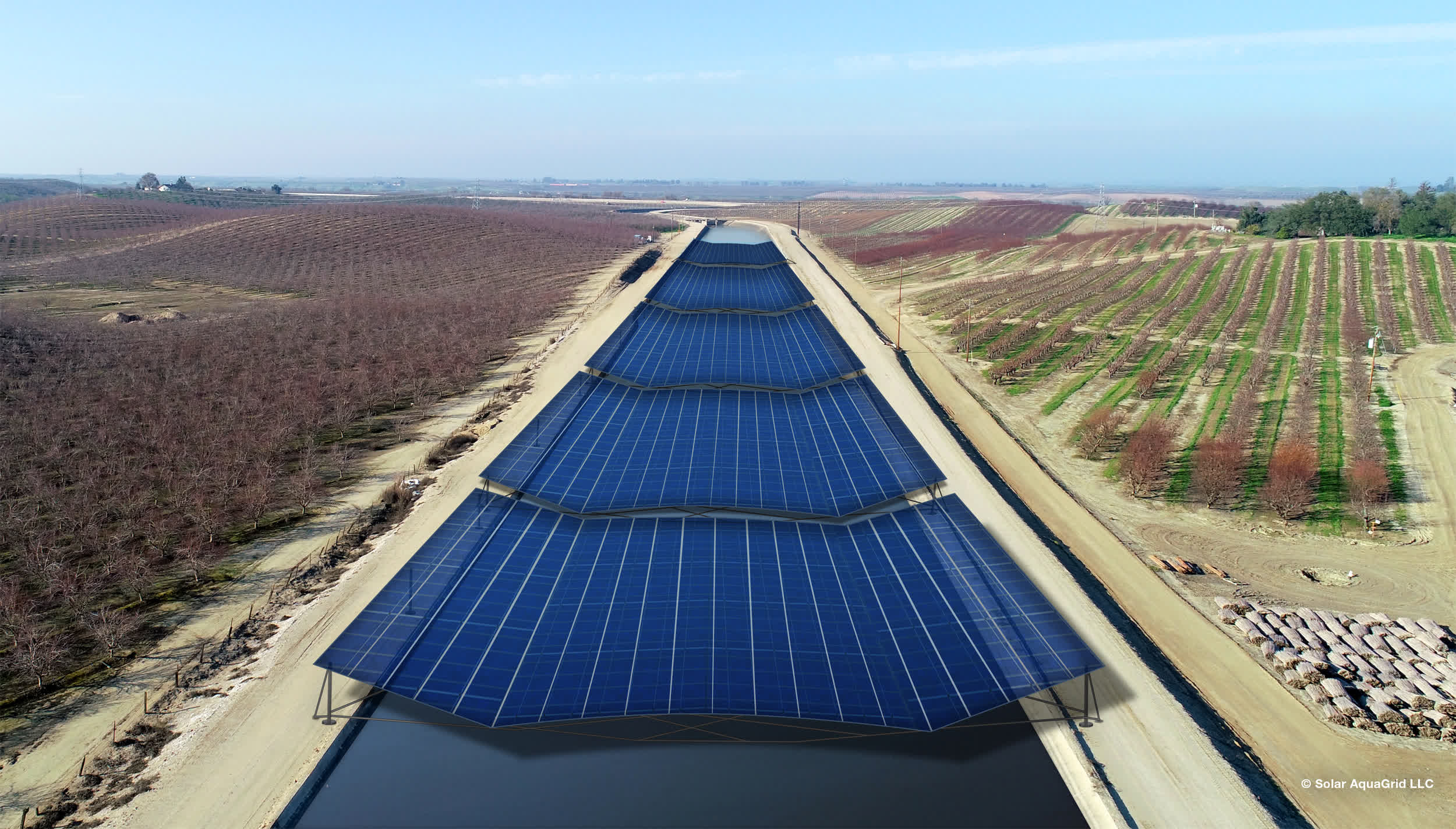Solar panels california environmental impact – Solar panels are making a significant environmental impact in California, reducing greenhouse gas emissions, creating jobs, and enhancing energy security. This article explores the positive and potential negative effects of solar energy in the Golden State.
Solar panels have numerous environmental benefits, including reducing air pollution and improving visibility. They also contribute to economic growth and job creation, while enhancing energy security and reliability. However, there are also some land use and aesthetic concerns to consider.
Environmental Benefits
Solar panels have a significant positive impact on California’s air quality by reducing greenhouse gas emissions. The state has set ambitious goals for reducing its carbon footprint, and solar energy is playing a major role in helping to achieve these goals.
According to the California Air Resources Board, solar energy has helped to reduce carbon dioxide emissions in the state by millions of metric tons. In 2020, solar energy accounted for over 10% of California’s electricity generation, and this number is expected to grow in the coming years.
Reducing Smog and Improving Visibility
Solar panels also help to reduce smog and improve visibility. Smog is a type of air pollution that is caused by the reaction of sunlight with pollutants in the air. Solar panels can help to reduce smog by reducing the amount of sunlight that reaches the ground.
In addition, solar panels can help to improve visibility by reducing the amount of haze in the air. Haze is a type of air pollution that is caused by small particles in the air. Solar panels can help to reduce haze by reducing the amount of sunlight that reaches the ground, which in turn reduces the amount of particles that are formed.
Economic Benefits

The solar industry has had a significant economic impact on California, creating jobs and stimulating economic growth. In 2021, the solar industry employed over 75,000 people in California, making it one of the state’s fastest-growing industries.
The growth of the solar industry has also benefited a number of companies and organizations in California. For example, SunPower, a leading solar panel manufacturer, is headquartered in San Jose, California. SolarCity, a solar installer, is headquartered in Fremont, California. And the California Solar Initiative, a state-funded program that provides incentives for solar installations, has helped to create jobs and stimulate economic growth throughout the state.
Cost Savings for Businesses and Homeowners
Solar panels can also save businesses and homeowners money on their energy bills. The cost of solar panels has declined significantly in recent years, and the federal government offers a 30% tax credit for the installation of solar panels. As a result, solar panels are now a cost-effective option for many businesses and homeowners in California.
Land Use and Aesthetics
Solar farms require significant land area, which can potentially impact natural habitats. However, solar panels can also be integrated into existing structures and landscapes to minimize visual impact.
Land Use Requirements
The amount of land required for a solar farm depends on the size of the project and the efficiency of the solar panels. A typical utility-scale solar farm covers hundreds of acres, while a residential solar system may only require a few hundred square feet.
Solar farms can be located on marginal land, such as abandoned industrial sites or brownfields. This can help to revitalize blighted areas and reduce the environmental impact of development.
Visual Impact, Solar panels california environmental impact
Solar panels can be visually intrusive, especially in rural areas. However, there are a number of ways to minimize the visual impact of solar farms.
- Landscaping: Solar farms can be landscaped with native plants and trees to blend in with the surrounding environment.
- Setbacks: Solar farms can be set back from roads and property lines to reduce their visibility.
- Camouflage: Solar panels can be painted or coated with materials that make them less visible.
Innovative Solar Panel Designs
There are a number of innovative solar panel designs that can enhance the aesthetics of buildings.
- Solar shingles: Solar shingles are thin, lightweight solar panels that can be installed on the roof of a building.
- Solar tiles: Solar tiles are similar to solar shingles, but they are made of ceramic or concrete and can be used to create a variety of roof designs.
- Solar windows: Solar windows are transparent solar panels that can be installed in windows.
These innovative solar panel designs can help to make solar energy more visually appealing and accessible.
Solar panels offer a clean energy solution, reducing the environmental impact in California. However, understanding the effects of shade on solar panel performance is crucial. If your solar panels are not working efficiently in shaded areas, it’s essential to consult a professional to address the issue.
Solar panel not working in shade can significantly reduce energy production, affecting the overall environmental benefits of your solar system.
Energy Security and Reliability: Solar Panels California Environmental Impact

Solar panels contribute significantly to California’s energy security by reducing the state’s reliance on imported fossil fuels. California imports approximately 25% of its electricity from other states, making it vulnerable to price fluctuations and supply disruptions.
By generating electricity locally, solar panels reduce the need for imported power and increase California’s energy independence. Additionally, solar energy can provide backup power during grid outages, ensuring critical services remain operational.
Community Microgrids
Several communities in California have successfully implemented solar microgrids to enhance energy resilience. For instance, the town of Borrego Springs installed a 1-megawatt solar microgrid that provides backup power to essential facilities during outages.
Similarly, the island of Catalina has a 1.8-megawatt solar microgrid that supplies 100% of the island’s electricity needs during daylight hours, reducing its reliance on diesel generators.
Policy and Regulations
California has established a comprehensive policy and regulatory framework to support the growth of solar energy. This framework includes incentives, such as tax credits and rebates, to encourage solar adoption, as well as regulations to ensure the safe and reliable integration of solar energy into the grid.
Incentives
California offers a variety of incentives to promote solar adoption, including the following:
- Solar Investment Tax Credit (ITC): A federal tax credit that allows homeowners and businesses to deduct 30% of the cost of installing a solar energy system from their federal income taxes.
- California Solar Initiative (CSI): A state-funded program that provides rebates to homeowners and businesses for the installation of solar energy systems.
- Net Energy Metering (NEM): A billing mechanism that allows solar energy system owners to sell the excess electricity they generate back to the grid at retail rates.
Challenges and Opportunities
The integration of solar energy into the grid presents both challenges and opportunities. One challenge is the intermittent nature of solar energy, which can make it difficult to balance supply and demand on the grid. However, solar energy can also provide opportunities for grid flexibility, such as by providing peaking power during periods of high demand.
Final Wrap-Up

Overall, solar panels are a valuable asset to California’s energy portfolio, providing environmental, economic, and energy security benefits. As the technology continues to improve and costs decline, solar energy is expected to play an increasingly significant role in the state’s future.
FAQ Corner
What are the environmental benefits of solar panels in California?
Solar panels reduce greenhouse gas emissions, improve air quality, and reduce smog. They also help to conserve water and land.
What are the economic benefits of solar panels in California?
Solar panels create jobs, stimulate economic growth, and reduce energy costs for businesses and homeowners.
What are the land use and aesthetic concerns associated with solar panels in California?
Solar farms require land, which can impact natural habitats. However, solar panels can also be integrated into existing structures and landscapes to minimize visual impact.


